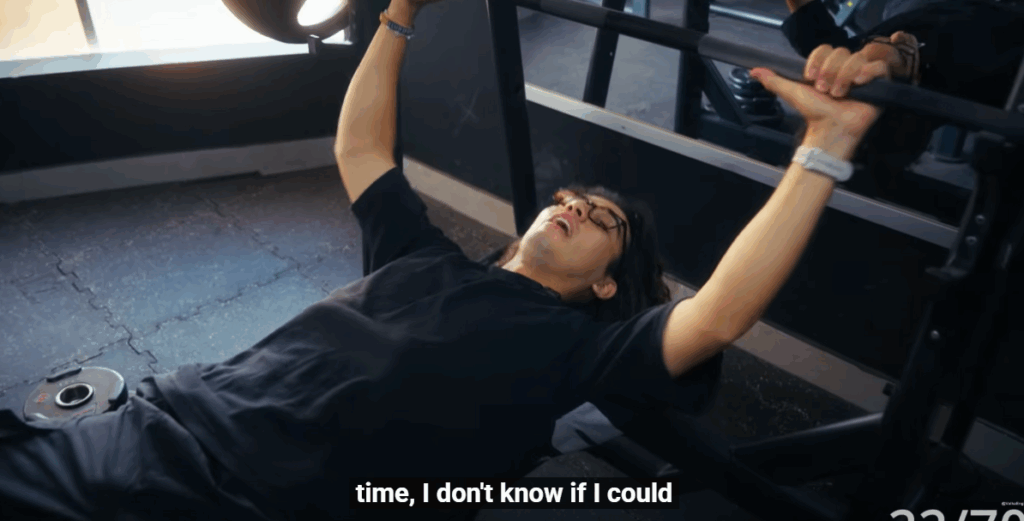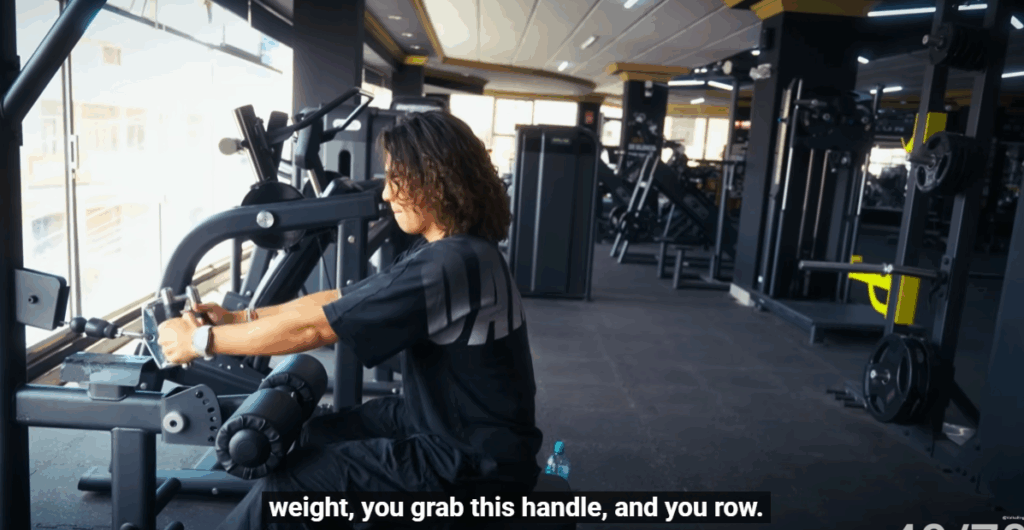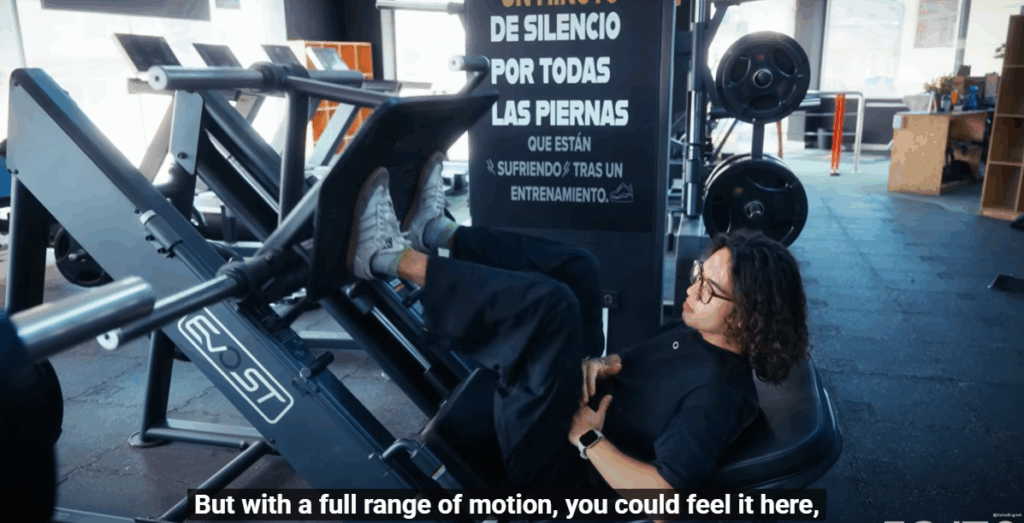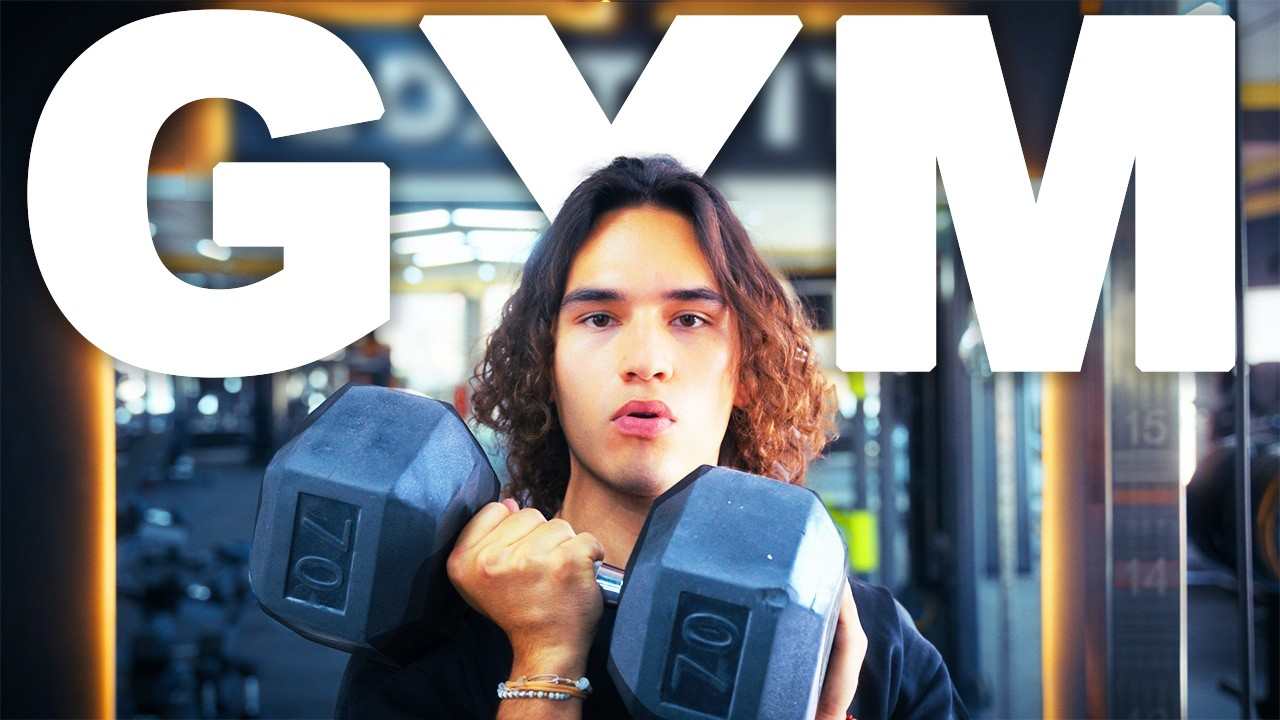Walking into a modern gym for the first time can feel overwhelming. Rows of high-tech machines, unfamiliar terminology, and the unspoken flow of gym etiquette can be confusing. But fear not—this guide not only introduces you to gym equipment and workout splits but also helps English learners improve their vocabulary through a real-life fitness setting.
Stepping Into the Gym: What to Expect
When you arrive at most fitness centers, you’ll usually enter through a device known as a turnstile. Some gyms require you to tap a membership card, while others have upgraded to facial recognition scanners. Once verified, you’re granted access to the training floor.
As you walk in, you’ll notice a variety of exercise machines, free weights, and specialized equipment. Most gyms provide lockers or storage cabinets where you can safely stash your personal items—think wallets, phones, or jackets. However, three essentials should always stay with you:
- Workout clothes (comfortable shirt, shorts/pants, and proper training shoes)
- Water bottle (preferably reusable)
- Wireless earbuds (optional but useful for motivation)

Getting Started: The Warm-Up
Before diving into resistance training, it’s critical to get your body moving with a warm-up. A few minutes of light cardio on the treadmill or stationary bike increases your heart rate and boosts circulation. This reduces the risk of injury and improves performance during the session.
Aim for 5–10 minutes of steady movement to prime your muscles. Skipping this step often leads to stiffness or strain, especially when lifting heavier loads.
Understanding Workout Splits: Push, Pull, Legs
Once you’re warm, structuring your training efficiently is key. One of the most popular routines is the Push-Pull-Legs (PPL) split. This three-day rotation ensures you target all major muscle groups across the week:
- Push Day – Exercises involving chest, shoulders, and triceps (muscles responsible for pushing movements)
- Pull Day – Focuses on the back and biceps (muscles activated during pulling motions)
- Leg Day – Dedicated to the lower body, including quads, hamstrings, glutes, and calves
This split allows for optimal recovery while maintaining high training frequency.
Essential Equipment and Terminology
As you move through the gym, you’ll encounter various machines and free weights. Here are some of the basics:
- Weight Plates – Round discs, often in kilograms (e.g., 20 kg), used with barbells or machines
- Barbell – A long metal bar used in compound lifts like squats, bench presses, and deadlifts
- Bench – Flat, incline, or decline surfaces used for chest presses or dumbbell exercises
- Dumbbells – Handheld weights ideal for unilateral or isolation work
Always ensure safety when lifting. If you’re attempting a heavy lift and unsure of your ability, ask a nearby lifter, “Can you spot me?” Spotting involves assisting someone during a lift to prevent accidents.

Sets, Reps, and Gym Lingo
When it comes to tracking progress, it’s important to understand reps and sets:
- Repetition (rep): One complete motion of an exercise (e.g., one push-up)
- Set: A group of repetitions. For instance, 3 sets of 10 reps means performing the movement 10 times, resting, then repeating twice more.
Most gym-goers aim for 8–12 reps per set for muscle growth (hypertrophy). Lifting heavier for fewer reps targets strength, while lighter weights with higher reps improve endurance.
You’ll also hear terms like:
- Rack the weight – Return the barbell to its position after lifting
- Pump – A temporary muscle swelling due to increased blood flow after training
- Full range of motion – Executing an exercise through the complete movement to activate the entire muscle
Push Day in Action: Chest, Shoulders, Triceps
Begin your push day with chest presses, using either a barbell or dumbbells. Many lifters prefer dumbbells for a greater range of motion and reduced joint stress. Follow that up with a shoulder press using dumbbells or machines.
Next, target your triceps—the muscles on the back of your upper arm—using a cable tricep pushdown machine. The key here is to fully extend your arms at the bottom of the motion for maximum activation.

Pull Day: Back and Biceps
Pull workouts involve horizontal and vertical pulling exercises. Begin with rows—seated cable rows or bent-over dumbbell rows are excellent for developing your upper back. Another staple is the deadlift, a compound lift that works your entire posterior chain, from traps to hamstrings.
Pull-ups and lat pulldowns help strengthen your lats, while bicep curls (either standing or using a preacher curl machine) isolate the front of your arm. Machines or free weights can be used, depending on your level of control and preference.
Leg Day: Building Lower Body Strength
Although dreaded by many, leg training is essential for overall balance and power. Key exercises include:
- Leg Press – A machine that allows you to push weight using your feet, activating quads, hamstrings, and glutes
- Squats – Performed with a barbell or inside a Smith machine for safety. This full-body movement is a strength-building powerhouse
- Calf Raises – Done on a calf machine, this targets the muscles at the back of the lower leg
- Lunges – A dynamic movement that improves stability and works multiple lower body muscles simultaneously
Don’t be surprised if you’re sore the next day—DOMS (delayed onset muscle soreness) is normal. Just remember the golden rule: never skip leg day.
Finishing Strong: Cool Down and Stretching
After your workout, it’s important to cool down. Return to the treadmill for a few minutes of walking to bring your heart rate down gradually. Once finished, move to an exercise mat and perform static stretches, where you hold a position without movement.
Before workouts, opt for dynamic stretching—this involves moving your limbs through full ranges of motion to prepare muscles for exercise.
Staying Consistent and Motivated
Whether you’re training for a “summer body” or simply looking to improve your health, consistency is key. If you forget your water bottle, protein shake, or pre-workout, it’s okay—what matters is showing up and putting in the effort.
Surrounding yourself with supportive training partners or joining a fitness community can keep you accountable. And remember, it’s not about perfection—it’s about progression.



